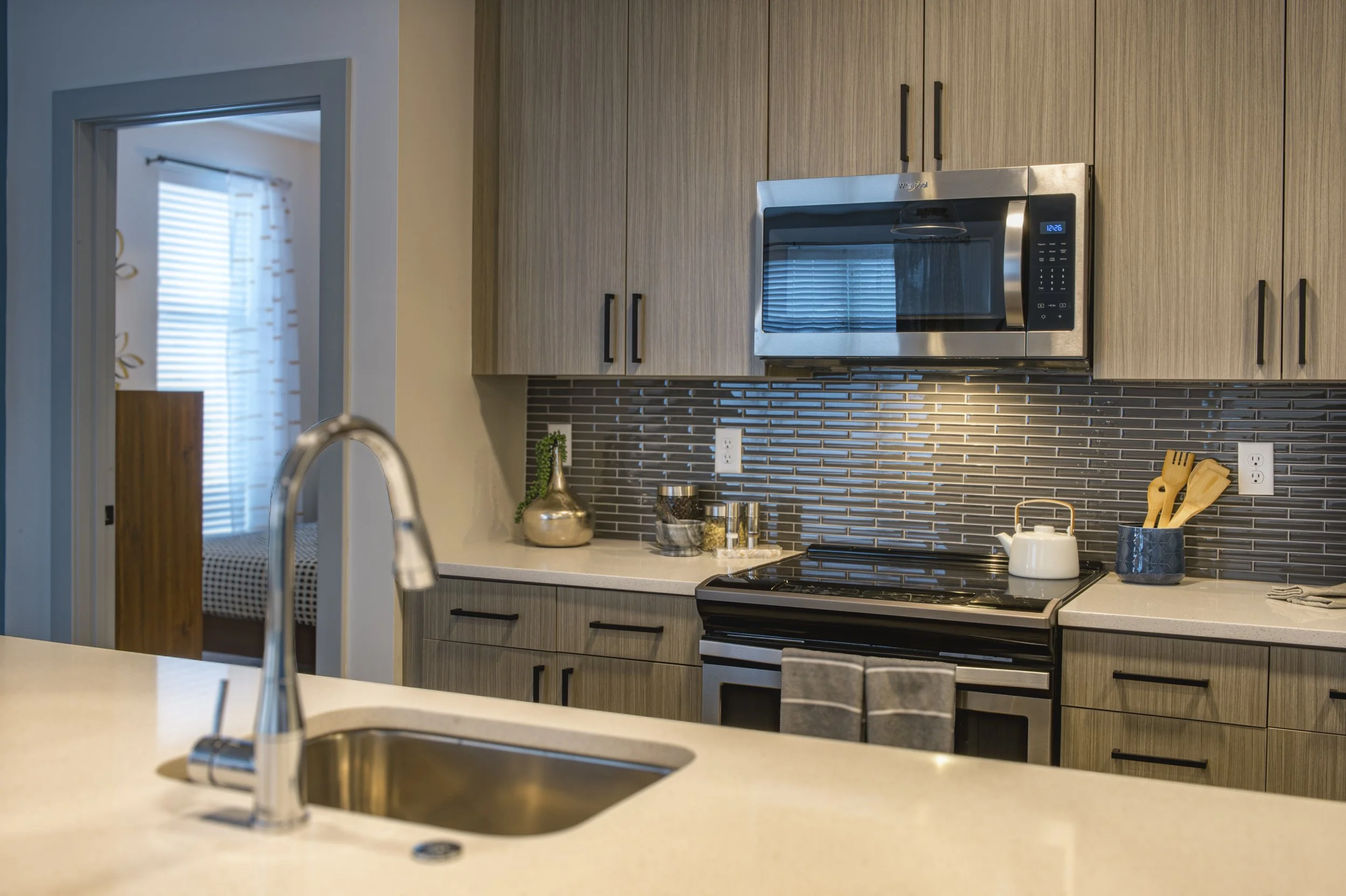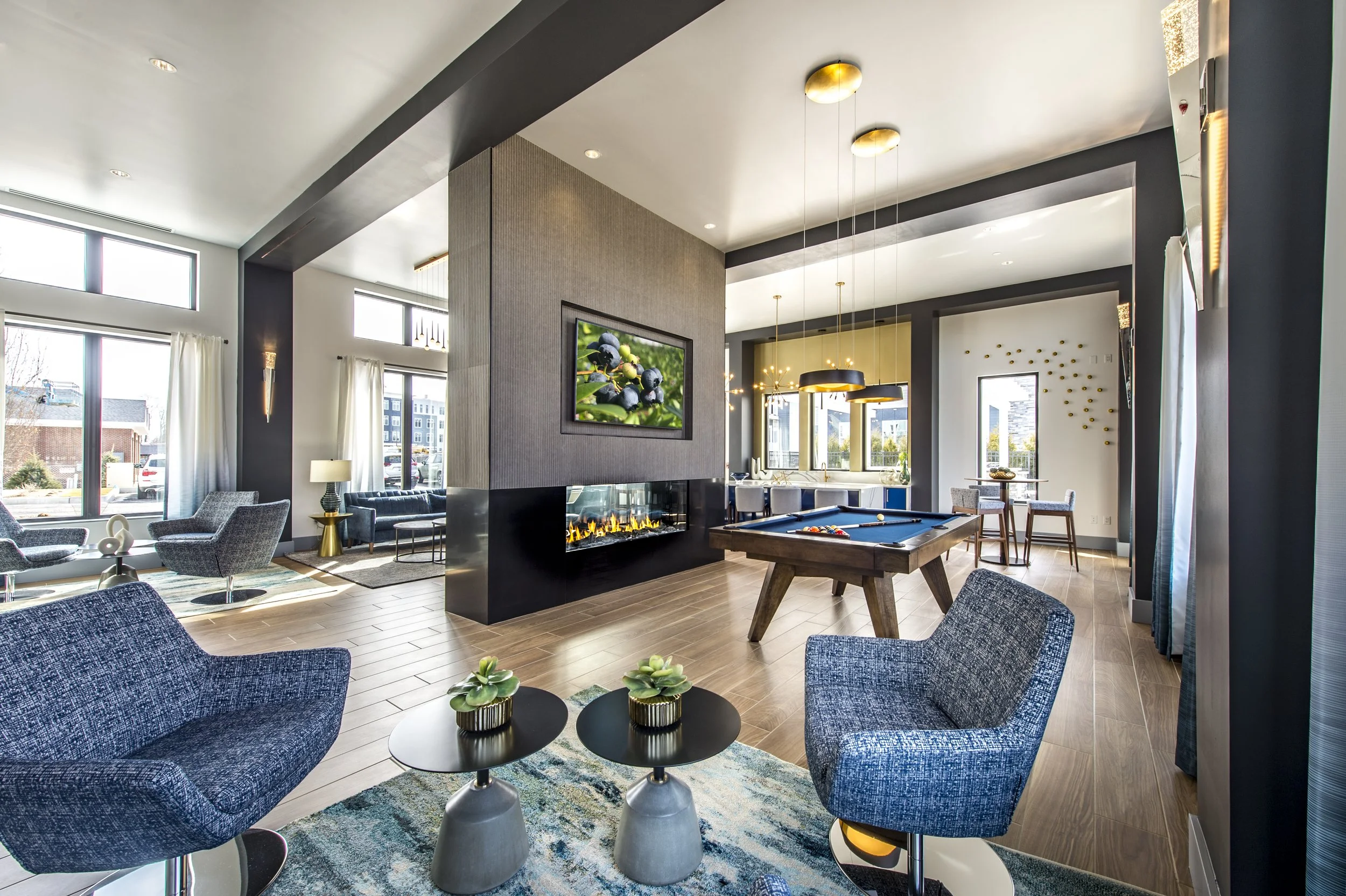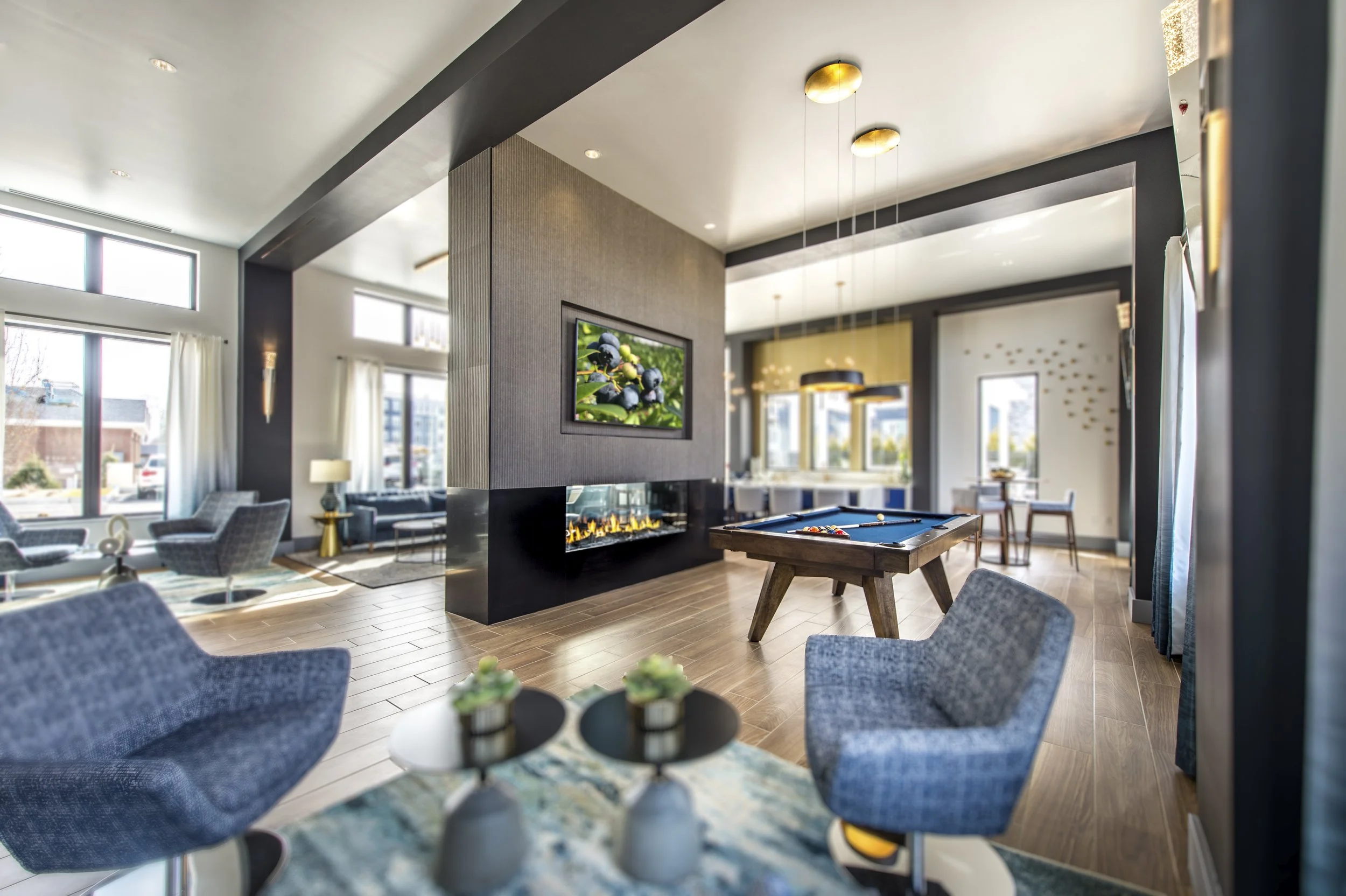A hallmark of professional photography is that the photographer isn’t just creating an image but he/she is directing your eye where to go in that image. In a simple photo you might be able to do that with composition alone, but in most cases you need to define the focal point via depth of field. In other words, what the photographer wants to you see is in focus, and everything else is out of focus.
Looking at the image below notice below that the boats are in focus while the foreground and background are blurry — your eye knows right where to go and it makes a much more interesting photo.
In this image, the entire kitchen is in focus – foreground, middle ground, and background. Although you might focus on the faucet because of its prominence, your eye is not being given a strong clue where to go.
Let's take a different approach, say you were a manufacturer and wanted people to focus on the microware. Adjusting the depth of field so the faucet is out of focus and the back wall is in focus makes a significant difference in how you experience the photo. Your eye is drawn to the microwave and it becomes the star of the picture with everything else playing a supporting role.
In the following two photos notice the subtle difference depth of field creates. In the first case the foreground and background are equally in focus, but in the second, the foreground, left side and background are blurred, drawing your eye toward the pool table and fireplace.
Here is another example where the photographer wants to draw your eye toward the middle ground, but in a larger space. Where does your eye go and what do you focus on first? The lamp and red bean bag chairs.
The Traditional Way
Historically photographers created the depth of field and focal points we’ve demonstrated using different lenses and aperture settings. This works just fine but the downside is that it is baked into the photo. You don’t have any flexibility to alter it. If someone decided they wanted the faucet or blue chairs in the images above to be most prominent it would mean re-shooting.
A Better Way
A more flexible way to handle depth of field is to shoot images with a full depth of field and then electronically blur images to create the desired effect. In all the photos you see here we have utilized this technique. This work is typically done by your graphic designer in post production and provides flexibility in your marketing efforts. If you don’t have a graphic designer we can handle it for you as an add-on to our typical post production work.
The Most Bang for you Buck
At ShupeStudios, we've adopted the protocol of shooting most images with a long depth of field to give your marketing team and designers the greatest flexibility in utilizing our photos. Using just one shot, a designer can create multiple images, each with different focal points, giving you more options while reducing costs. This is another example of using technology to give our clients the most for their money.
If you are looking for great architectural photography and maximum flexibility with depth of field, we’re here to help. Now is the time to plan for spring and summer photography of commercial buildings, residential structures, interiors, or landscapes. Give me a call and let’s take a look at your marketing calendar. I look forward to working with you!






